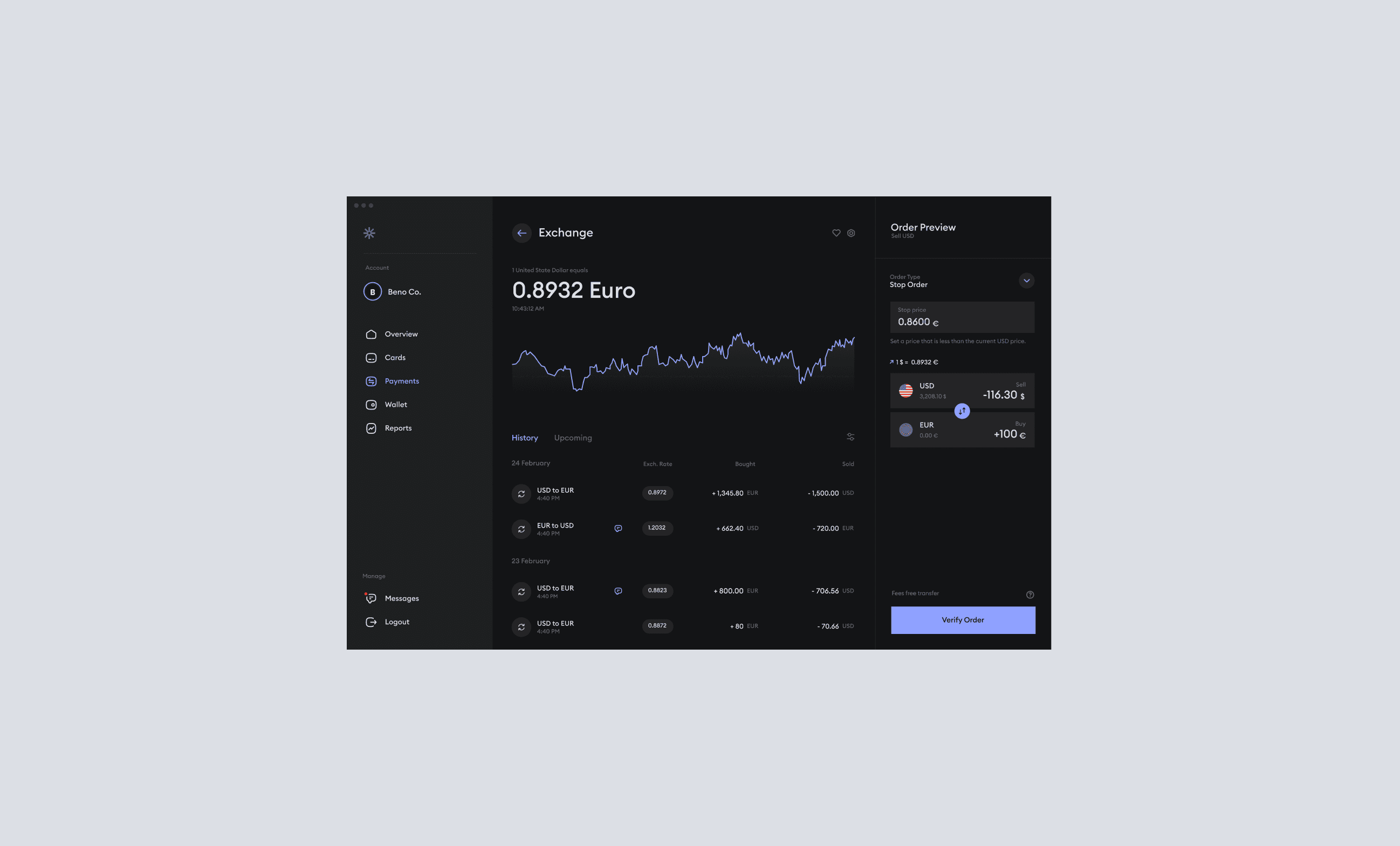Experiments
A select few projects i've built in the past with various teams. A common theme here is messaging and social.
Elevating Financial Experiences: Dello Fintech Banking App's Impact and Future Endeavors
As the financial technology sector continues to evolve, the Dello team remains committed to ongoing improvements and innovations. Learn about the future roadmap of the app, exploring upcoming features, integrations, and strategies to stay at the forefront of user-centric fintech solutions. The Dello Fintech Banking App serves not only as a testament to the power of thoughtful UX design but also as a harbinger of what the future holds for seamless, secure, and enjoyable financial interactions.
Litebub
Quick shareable chat links
Quick summary
We were in a hackathon and thinking about common problems with communications in the pandemic. One of the key things that kept coming up was the concept of having a large zoom room that you're in, and needing to break off into a smaller one without losing the connection. People would tend to chat and share links within the chat section of the app that would vanish when you'd close the window.
Litebub active chat demo
Problem
During the pandemic, we noticed a recurring issue: users on Zoom calls wanted to break off into smaller discussions but lacked a simple, platform-agnostic way to do so. Traditional chat platforms like Slack or Discord required logins or app installations, creating unnecessary barriers. Users wanted an instant, approachable way to extend conversations beyond the call—with minimal steps.
Research + insights
We conducted lightweight interviews and market research and uncovered key friction points:
Most chat tools required login or app downloads.
Users lacked context about chat links (no topic, no visual preview).
Generic URLs without rich media felt uninviting or unsafe to click.
Users wanted to join 1 chat room, but not all their friends, or new contacts would be members of the same platforms
Sharing chat links after a Zoom call often felt rushed and unreliable.
Solution
We developed Litebub, a no-login web app that generates shareable chat links instantly. Users could optionally assign a topic, select a fun avatar, and even personalize their link with a GIF to make it more appealing. We optimized the product for desktop and mobile, taking cues from delightful tools like WeTransfer.
Iteration & feedback
Initial prototypes tested well. Users loved the no-login experience and the movement of chat bubbles. Feedback led us to simplify the homepage flow by de-prioritizing topics and focusing on immediate link generation. Internally, we iterated quickly in Figma, aligning on what could be shipped fast and refined later.
Results & learning
The prototype was well-received by testers and even attracted interest from another startup for product use. Our biggest takeaway: launch lean, iterate fast. While visual flourishes like avatars and GIFs added charm, they delayed shipping. A more minimal MVP could’ve gone live sooner with the same core value.
What's next
We’re exploring personalization opportunities such as dynamic backgrounds (e.g., NFTs) and improved link previews. There’s strong interest in social media use cases, where shareable chat links can foster quick, informal group discussions.
MSG
Social for people that don't wanna be on camera
Quick summary
Social platforms cater to users that perform well on camera. The personalities, the extroverts, the instagrammers. The goal is to discover what introverts, gamers, and non camera forward personalities want in a platform. Find out a solution for the introverts to go viral.
Problem
Social platforms lack support for users that don't perform well on camera. Without having an online personality and ability to perform well on camera, your voice will not heard.
Research + insights
We conducted surveys (38 respondents) and interviews across Twitter, Discord, email, and even in-game platforms like Roblox. Key findings included:
65% of users said anonymity is important.
63% wanted to share content without exposing contact info.
59% preferred messaging apps their friends were already using.
Privacy and ease of use consistently ranked highest in what users value.
Airdrop-style sharing was favored but lacked context and safety in current forms.
Users also expressed discomfort with generic chat links and wanted clearer context (e.g., the topic of a conversation) and visual feedback that made links feel more “legit” or inviting.
Solution & design approach
We envisioned a messaging tool designed to reduce friction and raise comfort:
No login required
Optional topic tagging for context
Airdrop-style message generation with anonymity
Clean, privacy-first UI
Message replies treated as “superpowers” (to amplify otherwise low-profile voices)
While the early paper sketches were unavailable (stored while I was abroad), I continued designing in Figma, testing with users in real-time as feedback rolled in.
Challenges & learnings
Users valued anonymity—but needed more than just a URL; they wanted trust and context.
Designing for low-friction while maintaining clarity was key (e.g., how to show who sent a message without login).
My biggest learning: iterative prototyping, even across scattered platforms, delivers clearer validation than over-polishing upfront.






